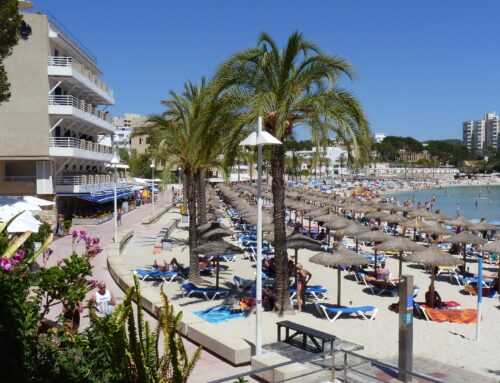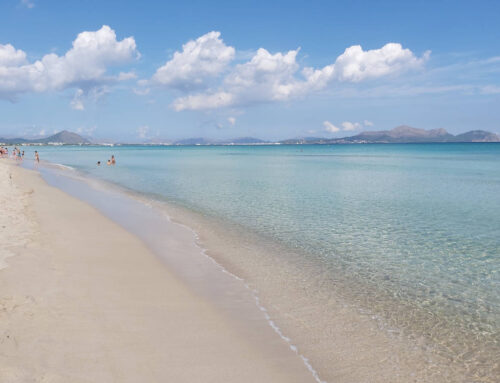The Confederation of Business Associations of the Balearic Islands (CAEB) has published the report ‘Economic Evolution’ for the second quarter of 2022. It states that the Balearic economy experienced real growth of 14.1%. This rate adds 0.2 percentage points to the year-on-year rate of the previous quarter and manages to reduce the pre-pandemic ‘hole’ accumulated with respect to 2019 (-7.1% vs -9.1%, 1st quarter).
Nonetheless, the acceleration in year-on-year growth has moderated its intensity in the last quarter, as has the Spanish economy. All this is happening in a context in which “the main European economies, which have already completely normalised their pre-pandemic levels, have begun to slow down”, warns the president of CAEB, Carmen Planas.
The performance of the Balearic economy in the second quarter responds, insularly, to the acceleration experienced in Menorca (14.2% vs 12.4%, 1st quarter) and, above all, Eivissa-Formentera (21.2% vs 15.2%, 1st quarter), as Mallorca has slowed its pace of progress (13.1% vs 14%, 1st quarter).
Services registered an increase of 15.5% during the second quarter (vs. 15.4%, 1st quarter) in line with the reactivation of international tourist flows since Easter. Tourist arrivals reached 5.62 million in the second quarter of the year, a figure 3.5 times higher than the previous year and, moreover, higher than the figure recorded in 2019 for the first time (+0.3% vs -26.2%, Q1).
At the same time, industry recorded the strongest acceleration of 7.8% (vs. 6.1%, Q1), a sign of a gradual recovery that was reflected in the rebound of the industrial production index (29.6% vs. 12.2%, Q1), for the first time at levels above the pre-pandemic threshold (+0.5% vs. -7.5%, Q1). However, construction has emerged as the first sector of the Balearic economy to normalise its activity and reach the halfway point of the year with a positive ‘hole’ of +0.7% (vs -4.1%, 1st quarter) compared to the year prior to the start of the pandemic.
In line with the improvement in activity, employment has once again advanced at a double-digit rate (19.4% vs 8.8%, Q1), in line with the momentum of April (24.8%) and May (22.1%), particularly in the services sector (30% and 26.4%, respectively).
This employment dynamic has partly helped to sustain the upward trend in private consumption in the second quarter of the year, which posted a rise of 13% and did not avoid a slowdown in the rate of growth of the previous quarter (13.3%).
Clouds in the post-summer outlook
The Balearic Islands are passing through the summer season with levels of activity that leave behind the standstill caused by the pandemic. However, at the end of the high season, the consumption and investment decisions of the islands’ stakeholders cannot avoid being subject to the main downside risks that underlie a global context of tensions and uncertainties, according to CAEB.
A good part of these have already been reflected over the summer, either through the rise in inflation – at 10.7% in the Balearic Islands in August – or through the change in tone of the European monetary authority’s policy – with official interest rates since 8 September at levels unseen in the last decade (1.25%-1.75%) and pending further increases before the end of the year.







Leave A Comment